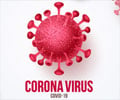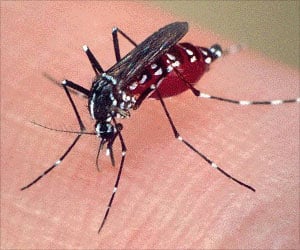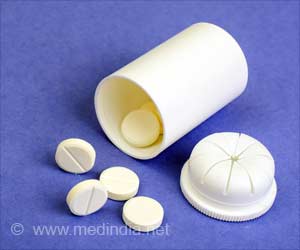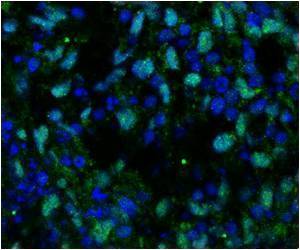Guidelines for prescribing COVID-19 drugs, including approved treatments, dosage, and patient eligibility.
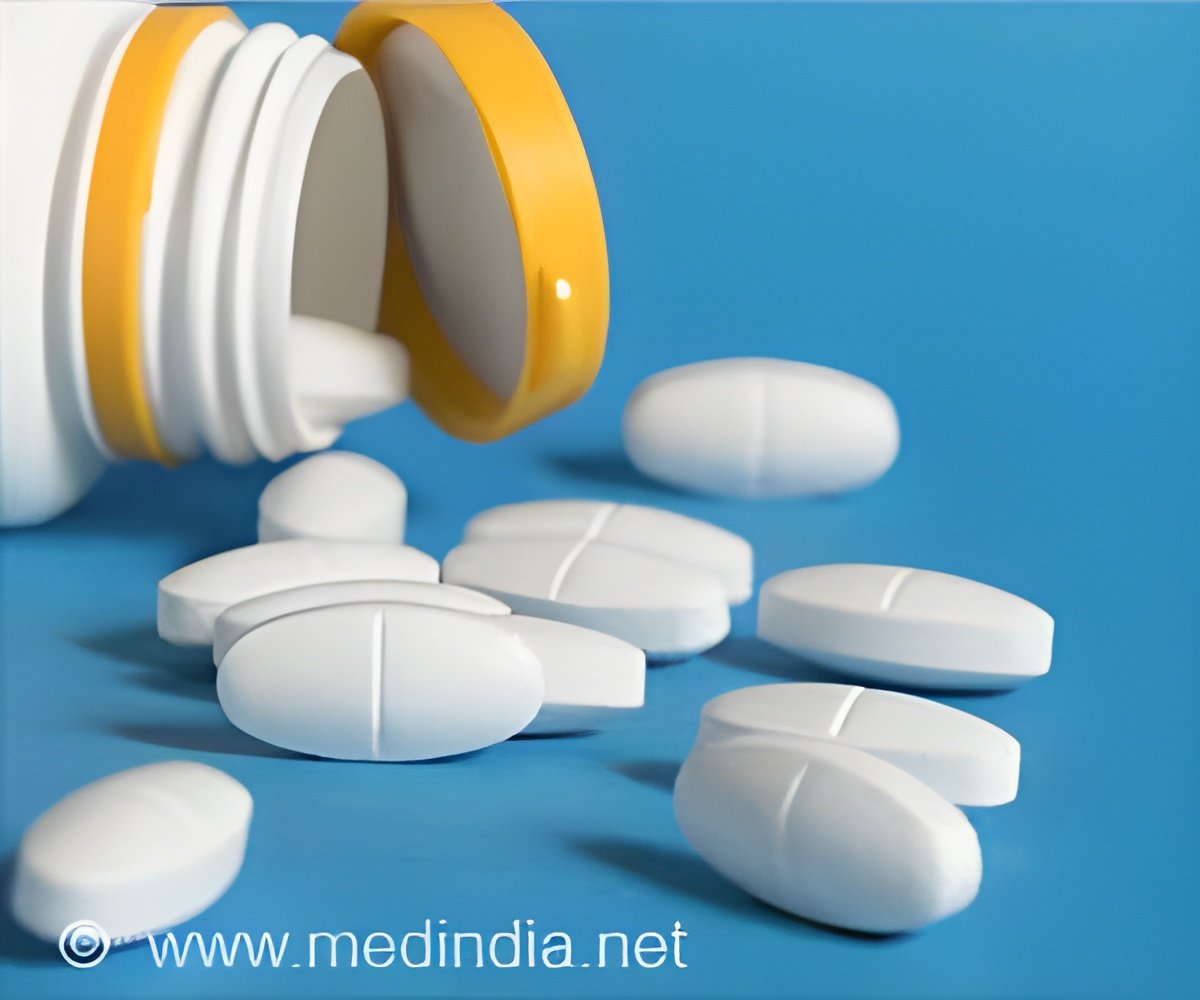
Demographic Variation In US Outpatient Hydroxychloroquine And Ivermectin Use During The COVID-19 Pandemic
Go to source).
COVID-19 Outpatient Prescriptions
Nearly three million COVID-related prescriptions were issued in the three and a half years between January 30, 2020 and June 30, 2023, totaling $272 million in estimated spending. Usage was three times higher among adults aged 65 and older compared with those aged 18 to 64. Ivermectin use in particular was higher among people living in the most socially vulnerable neighborhoods and markedly higher in the Southern United States.‘Nearly $272 million spent on #COVID outpatient #prescriptions? That's a huge number. Wondering what drugs were most prescribed and how effective they were.’





These findings, published in the peer-reviewed journal Health Affairs, may inform future policies aimed at reducing the harms caused by reliance on non-evidence-based treatments, especially among vulnerable communities. “Our findings underscore the urgent need for policy reforms to combat misinformation and mistrust in scientific institutions. Eliminating undue industry influence in government, enhancing transparency around scientific uncertainty, and earmarking public funding for clinical trials of new drugs are good places to start,” said Dr. John Mafi, associate professor-in-residence in the UCLA Division of General Internal Medicine and Health Services Research and the study’s senior author.
The researchers used insurance claims listed in the Milliman MedInsight Emerging Experience Research Database for 8.1 million patients from across all 50 states to assess utilization and spending for the two medications from January 30, 2020 to June 30, 2023.
Among the findings were:
- Hydroxychloroquine use peaked in March 2020 to 133% of pre-pandemic rates.
- Ivermectin use surged in 2020 and throughout 2021, and by August 2021 peaked at more than 10 times higher than pre-pandemic rates.
Limited availability of COVID-19 medications does not appear to explain the wide geographic variation in ivermectin prescribing, particularly in the South.
Advertisement
In addition, medications that patients obtained without insurance or a prescription were not included in the analysis; variations in the price of ivermectin and hydroxychloroquine around the country may not have been captured in the researcher’s spending estimates for the drugs. Additionally, the researchers attributed the increase in the drugs’ usage rate to their utilization for COVID treatment although not all the claims in the data noted that.
Advertisement
Reference:
- Demographic Variation In US Outpatient Hydroxychloroquine And Ivermectin Use During The COVID-19 Pandemic - (https://www.healthaffairs.org/doi/10.1377/hlthaff.2024.00452)
Source-Eurekalert



